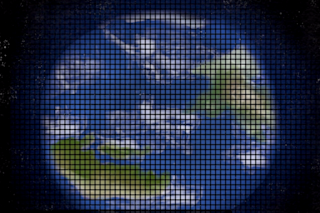Science fiction is a genre committed to the concept of “run before you can walk.” Long before anyone knew whether heavier-than-air flight was possible, writers were imagining travel to other planets. By the time interplanetary space probes were a reality in the 1960s, the storytellers had long since moved on to thinking interstellar.
Today, two or three generations of happy nerds have grown up in a world saturated with science fiction TV shows and movies featuring the word “star” in their titles. When we hear astronomers discuss the detection of possible Earthlike planets around other suns, then, it’s only natural that we want to go there and take a look. We’ve been conditioned to imagine that it’s possible.
In truth, it’s not–at least, not yet. But there may be a way to cheat a little, to get the benefits of interstellar travel without going the full distance. To find out ...














